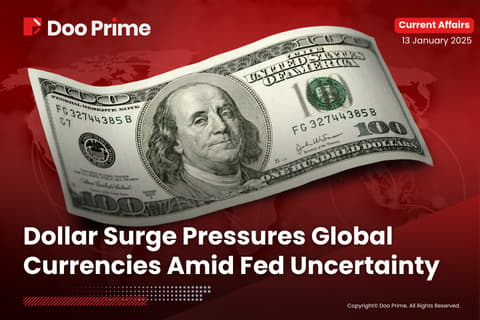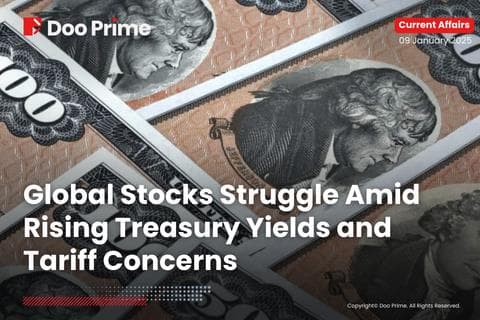WORLDWIDE: HEADLINES
Polish Central Bank Programme To Allow Ukrainians To Convert Cash
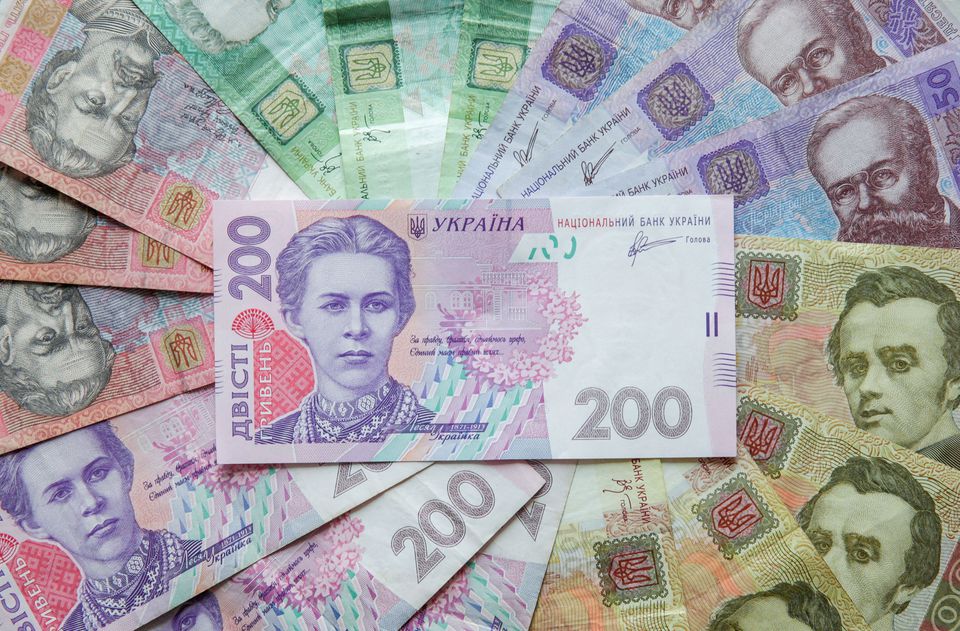
Ukrainians in Poland will be able to convert hryvnia bank notes into Polish zlotys from the middle of next week as part of a programme involving the central bank, the National Bank of Poland said on Thursday, in a boost for refugees who have faced difficulties exchanging money.
Many exchange offices and banks have thus far been reluctant to accept hryvnia given the oversupply of the currency resulting from the large numbers of refugees entering Poland and concerns about its decrease in value.
The National Bank of Poland (NBP) said it was cooperating with the country’s largest lender, PKO BP (PKO.WA), to allow the almost 2 million refugees who have fled Ukraine for Poland to convert hryvnia.
“Due to the significant influx of war refugees from the territory of Ukraine, coming to the Republic of Poland with hryvnia (UAH) in the form of cash, the National Bank of Poland is carrying out intensive preparations enabling the conversion of hryvnia to zlotys,” NBP said in a statement.
It said bank notes in denominations of 100, 200, 500 and 1,000 hryvnia will be exchanged up to a total amount of 10,000 hryvnia per person in PKO BP branches.
Many refugees are struggling to buy even basic necessities because their savings in hryvnia are non-convertible across most of Europe, meaning they have no way to exchange them at reasonable rates. That in turn leaves them prey to unscrupulous traders offering ultra-low rates of exchange.
The European Central Bank is working on a financial facility to let millions of Ukrainian refugees convert their savings into hard currency, Reuters reported on Friday.
Full coverage: REUTERS
Some Russia Creditors Have Received Dollar Bond Payment
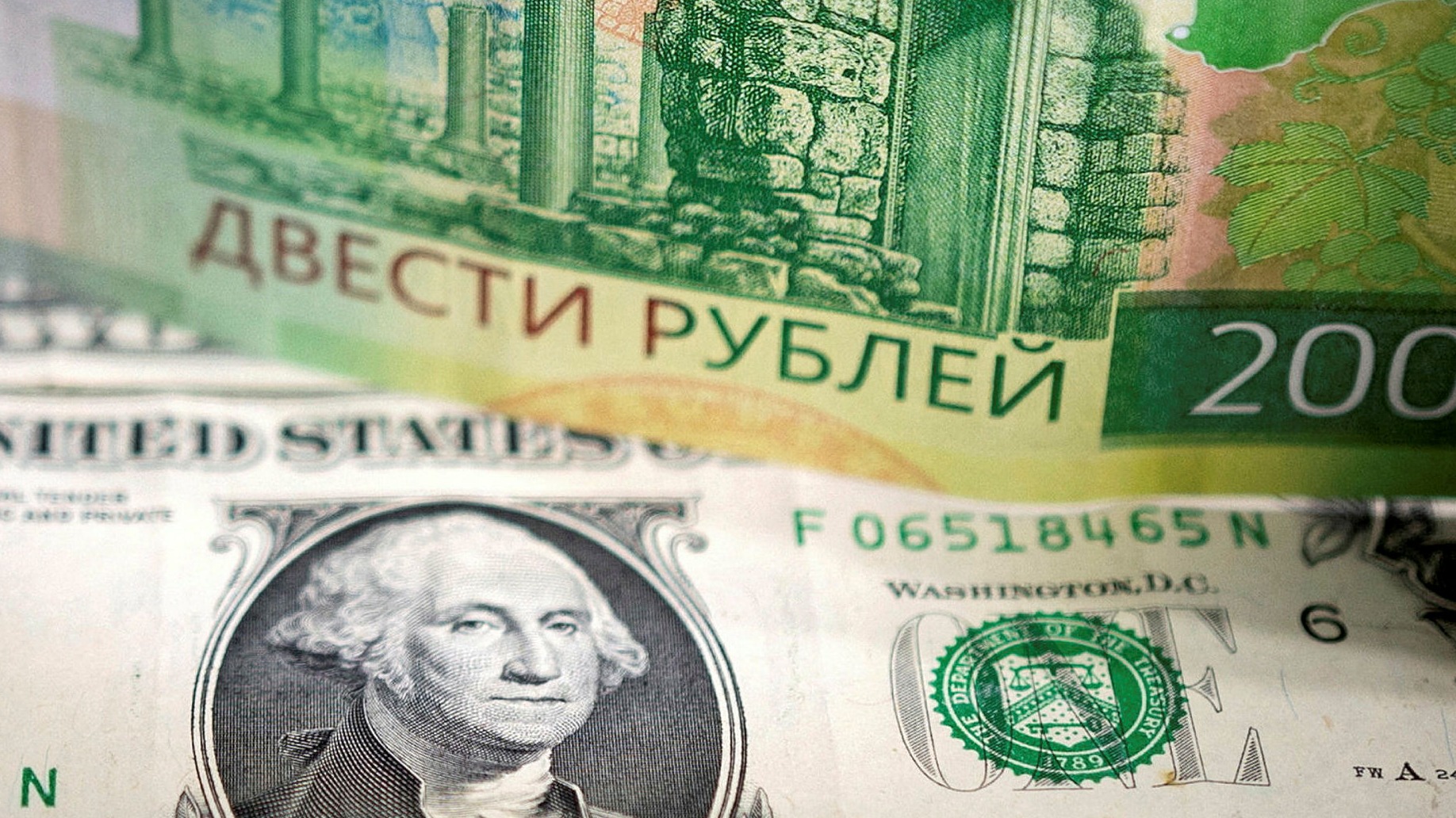
Some creditors have received payment, in dollars, of Russian bond coupons which fell due this week, two market sources said on Thursday, meaning that Russia for now may have averted what would have been its first external bond default in a century.
The Russian finance ministry said earlier that it had sent funds to cover $117 million in coupon payments on two dollar-denominated sovereign bonds.
The payments, due on March 16 but with a 30-day grace period, are seen as the first test of whether Moscow will meet its international debt obligations after Western sanctions hobbled its financial dealings.
“The coupon was paid, against my expectations, and in dollars,” one person said. Another person said the money had been received by a client who was a bondholder.
Some other creditors said they had yet to receive their funds but were optimistic they were on the way, noting they had received payments on hard currency bonds from a raft of state-run and private Russian companies in recent days.
Earlier, another source told Reuters that JPMorgan (JPM.N) , Russia’s correspondent bank, had processed the cash sent by the government and credited it to the paying agent, Citigroup(C.N) . It would be checked and then distributed to various bondholders, the source said.
Citi declined to comment.
The external sovereign bond payments were the first to fall due since the sanctions imposed over Russia’s invasion of Ukraine and Moscow’s tit-for-tat measures, and bondholders had feared the transaction would be frustrated.
Russia had planned to send the equivalent interest payment amount in roubles if dollar payments did not reach foreign bondholders, something credit rating agency Fitch said would constitute a sovereign default if not corrected within a 30-day grace period.
S&P on Thursday lowered Russia’s rating to “CC” from “CCC-minus,” saying that debt service payments in the coming weeks may face technical difficulties.
Full coverage: REUTERS
WORLDWIDE: FINANCE/BUSINESS
Stocks Step Back, Oil Bounces As Peace Talks Stall
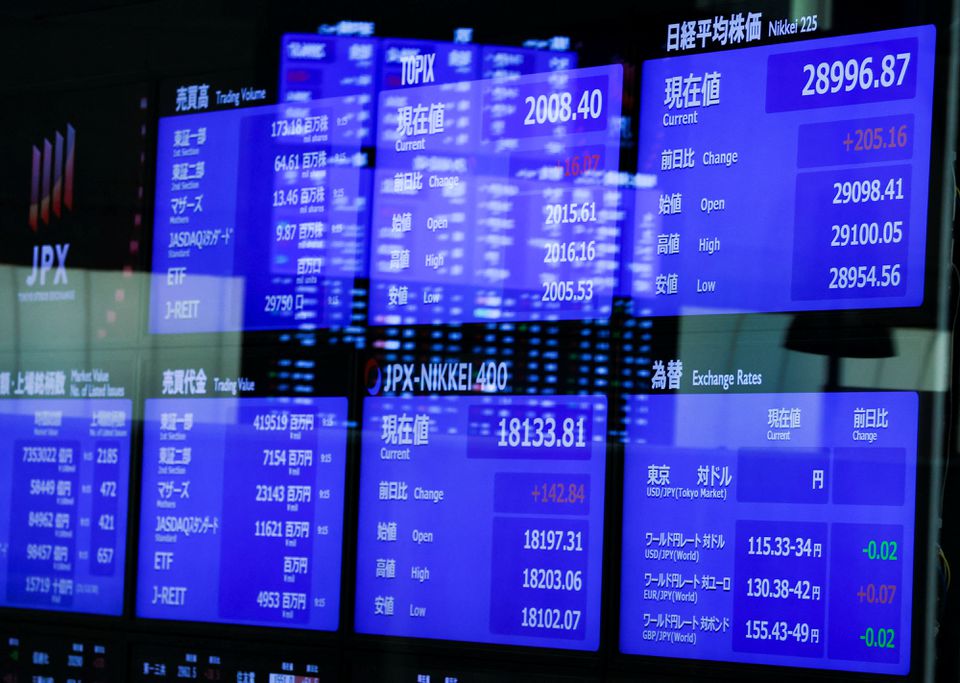
Stockmarkets took a breather on Friday after several days of sizeable gains, while commodities were set on edge by the lack of progress in Russia-Ukraine peace negotiations.
Oil rose sharply and back over $100 overnight and Brent crude futures were up another 2% to $108.73 in early trade. Commodity exporters’ currencies rose with it.
S&P 500 futures fell 0.6% in Asia. MSCI’s broadest index of Asia-Pacific shares outside Japan (.MIAPJ0000PUS) eased 0.6% in early trade, but were headed for a 3% weekly gain. Japan’s Nikkei (.N225) rose 0.2%.
“It’s very difficult to get any confidence that you’re going to be able to reliably source commodities out of Russia or Ukraine,” said Tobin Gorey, a commodities strategist at Commonwealth Bank of Australia in Sydney.
“You’re going to be looking elsewhere and that just tends to get priced up.”
The war in Ukraine has settled into a grinding pattern of siege.
Sentiment had been supported by Russia appearing to make a dollar bond coupon payment – avoiding default – and previous comments from Moscow about a deal with Ukraine being close.
However, after a fourth straight day of talks between Russian and Ukrainian negotiators, messaging from both sides suggested agreement remained some way off.
Wheat and corn futures, which are sensitive to Black Sea supply disruptions, bounced sharply overnight.
The Bank of England also raised interest rates on Thursday, as expected, but turned dovish in its outlook amid worries that soaring commodities will hurt growth and demand.
Gilts rallied after the decision and sterling briefly fell as traders turned less sure about future hikes.
The Treasury market is likewise sounding a warning on the outlook, with the yield curve flattening and flirting with inversion as investors think rate hikes that the Federal Reserve began on Wednesday will end up hurting growth.
Benchmark 10-year yields were steady at 2.1813%.
Full coverage: REUTERS
Dollar In Doldrums Amid Ukraine Hopes While Traders Mull Fed Outcome
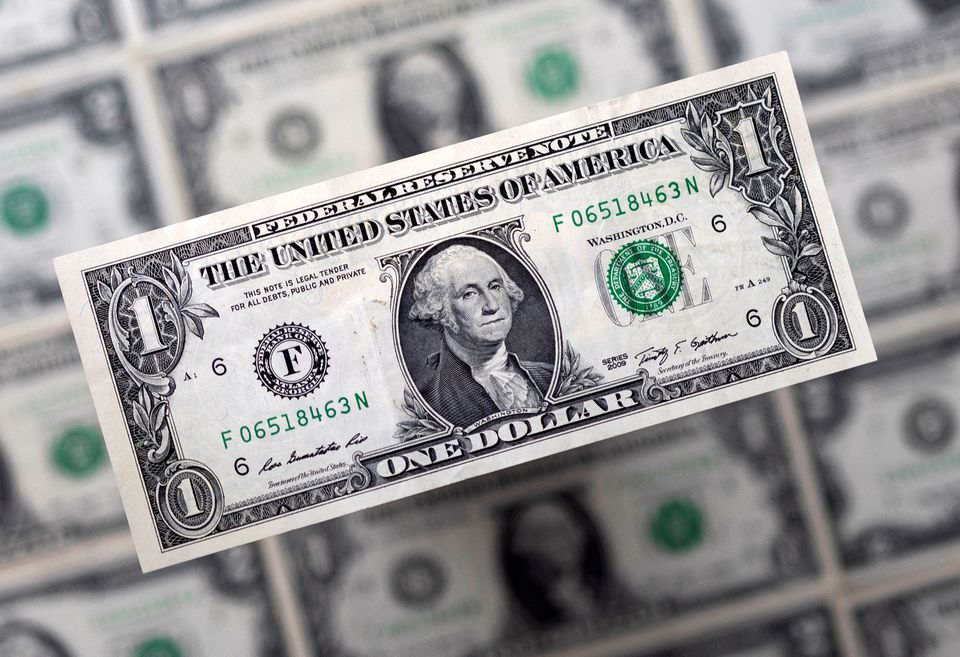
The U.S. dollar headed for its first down week in six versus major peers on Friday, languishing near a one-week low, as investors continued to assess the impact of the start of the Federal Reserve rate increase cycle this week.
The safe-haven greenback also lost traction – while the euro benefited – as traders stayed optimistic for an end to the war in Ukraine as talks continued between Moscow and Kyiv, although progress on Thursday was elusive.
Sentiment also lifted after Russia avoided default on dollar-denominated debt.
A phone call between U.S. President Joe Biden and Chinese leader Xi Jinping later on Friday, with the U.S. warning China not to provide support to Russia, added a further layer of geopolitical risk.
Meanwhile, sterling ticked higher and remained on track for its first winning week in four, overcoming the hiccup from the Bank of England’s dovish comments after raising rates for a third consecutive meeting on Thursday.
“A more favourable diplomatic backdrop between Russia-Ukraine appears to developing (and) there’s more (dollar index) downside to be had if momentum moves toward a ceasefire,” Westpac strategists wrote in a client note.
However, the index still looks headed to 100 and above as the Fed’s hiking cycle progresses, they said.
The dollar index paused for breath on Friday, standing at 98.035 after declining every other day this week, and set for a 1.09% loss over the period. It dipped to 97.724 on Thursday for the first time since March 10.
The dips came despite the Federal Open Market Committee on Wednesday signalling the equivalent of a quarter-point increase at each of its six remaining policy meetings this year, leaving investors racing to work out how much monetary tightening the economy can handle.
“A well-worn market axiom, that says sell USD on the first Fed rate hike, is circulating with added momentum after USD’s failure to rally in the wake of this week’s indisputably hawkish FOMC,” TD Securities analysts noted in a research report.
Meanwhile, the continuation of peace talks even as fighting still rages in Ukraine has seen demand for safe havens like the dollar dry up, while the euro has rebounded from last week’s nearly two-year trough, on track for its first weekly gain since the start of last month.
Full coverage: REUTERS
Oil Jumps On Lack Of Progress In Russia-Ukraine Talks

Oil prices extended their rally on Friday at the end of a third volatile week of trade as there was slim progress in peace talks between Russia and Ukraine, raising the spectre of tighter sanctions and a prolonged disruption to oil supply.
A speech by Russian President Vladimir Putin on Thursday warning “traitors and scum” at home who helped the West that they would be spat out like gnats added to market jitters about an extended conflict.
Brent crude futures jumped $2.43, or 2.3%, to $109.07 a barrel at 0141 GMT, after surging nearly 9% on Thursday in the largest percentage gain since mid-2020.
U.S. West Texas Intermediate (WTI) crude futures climbed $2.75, or 2.7%, to $105.73 a barrel, adding to an 8% jump on Thursday.
Despite the rebound, both benchmark contracts were set to end the week down about 4%, after having traded in a $16 range. Prices have dropped from 14-year highs hit nearly two weeks ago.
“I’m still expecting more volatility. There’s a lot of uncertainty out there still,” said Justin Smirk, senior economist at Westpac in Sydney.
The supply crunch from sanctions on Russia, stuttering nuclear talks with Iran, dwindling oil stockpiles and worries about a surge of COVID-19 cases in China hitting demand all drove the rollercoaster ride over the week.
Analysts said Putin’s speech, comments from a Kremlin spokesperson saying a report of major progress in peace talks was “wrong” and U.S. President Joe Biden calling Putin a “war criminal” all stoked a wave of buying on Thursday.
The volatility has scared players out of the oil market, which in turn is likely to exacerbate price swings, traders, bankers and analysts said.
“In such a tight market and such an illiquid paper market – you’re going to get some volatility,” Smirk said.
Full coverage: REUTERS

